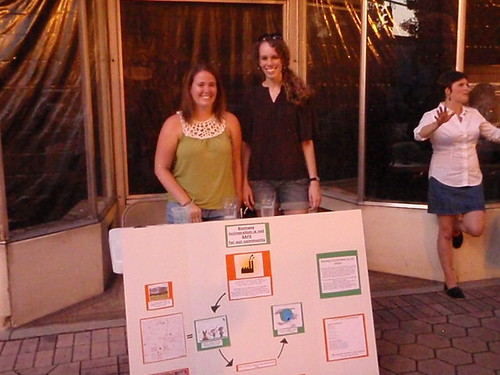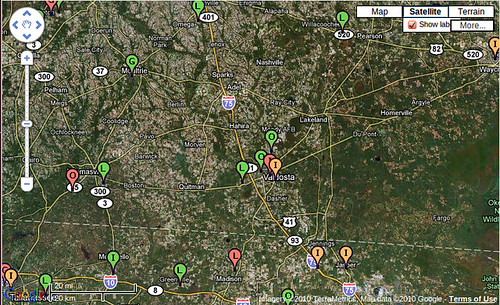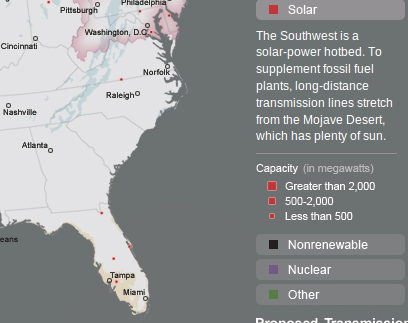 Here’s the online EPA call cover page:
Here’s the online EPA call cover page:
On July 9, 2010, OAR Assistant Administrator Gina McCarthy signed a Call for Information in which EPA requests public comment and information from interested parties on approaches to accounting for greenhouse gas emissions from bioenergy and other biogenic sources.The EPA page provides several ways to send in comments.The purpose of this Call is to request comment on developing an approach for such emissions under the Prevention of Significant Deterioration (PSD) and Title V Programs (GHG Tailoring Rule) as well as to receive data submissions about these sources and their emissions, general technical comments on accounting for these emissions, and comments on the underlying science that should inform possible accounting approaches. GHG emissions from bioenergy and other biogenic sources are those generated during combustion or decomposition of biologically-based material, and include sources such as, but not limited to, utilization of forest or agricultural products for energy, wastewater treatment and livestock management facilities, landfills, and fermentation processes for ethanol production.
Also, Stop Spewing Carbon Campaign has prepared this handy link for submitting comments to the call.
See these links for much more about biomass, especially as proposed for Valdosta and Lowndes County, Georgia, and for carbon dioxide in particular. The air quality permit for the Wiregrass Power LLC biomass plant has no restrictions at all on CO2.
-jsq










